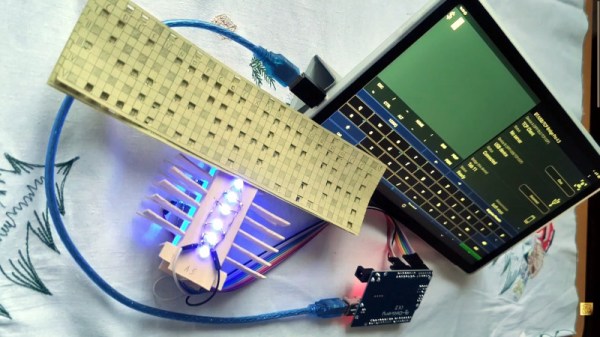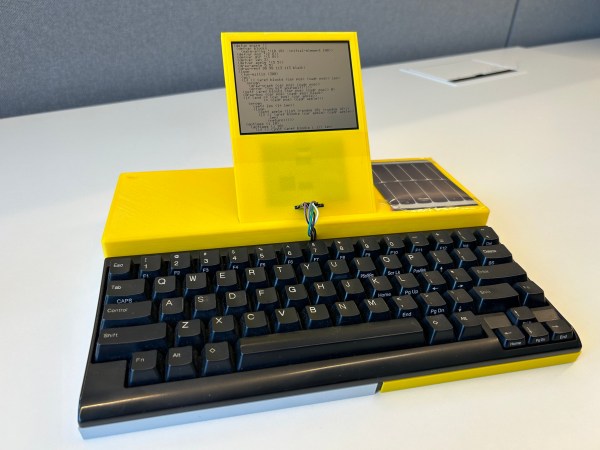In the world of lambda calculus programming languages there are many ways to express the terms, which is why we ended up with such an amazing range of programming languages, even if most trace their roots back to ALGOL. Of the more unique (and practical) languages, Lisp and Forth probably range near the top, but what if you were to smudge both together? That’s what [xorvoid] did and it resulted in the gracefully titled Forsp programming language. Unsurprisingly it got a very warm and enthusiastic reception over at Hacker News.
While keeping much of Lisp-isms, the Forth part consists primarily out of it being very small and easy to implement, as demonstrated by the C-based reference implementation. It also features a Forth-like value/operand stack and function application. Also interesting is Forsp using call-by-push-value (CBPV), which is quite different from call-by-value (CBV) and call-by-name (CBN), which may give some advantages if you can wrap your mind around the concept.
Even if practicality is debatable, Forsp is another delightful addition to the list of interesting lambda calculus demonstrations which show that the field is anything but static or boring.


















